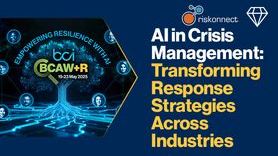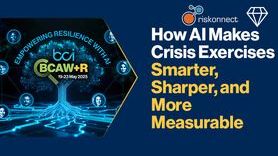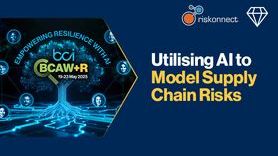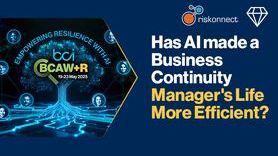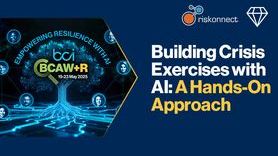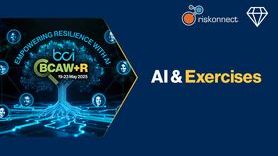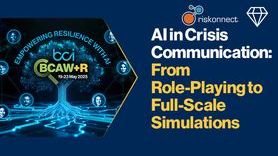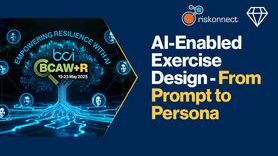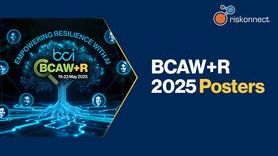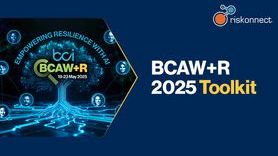Testing & raising awareness of your emergency notification system
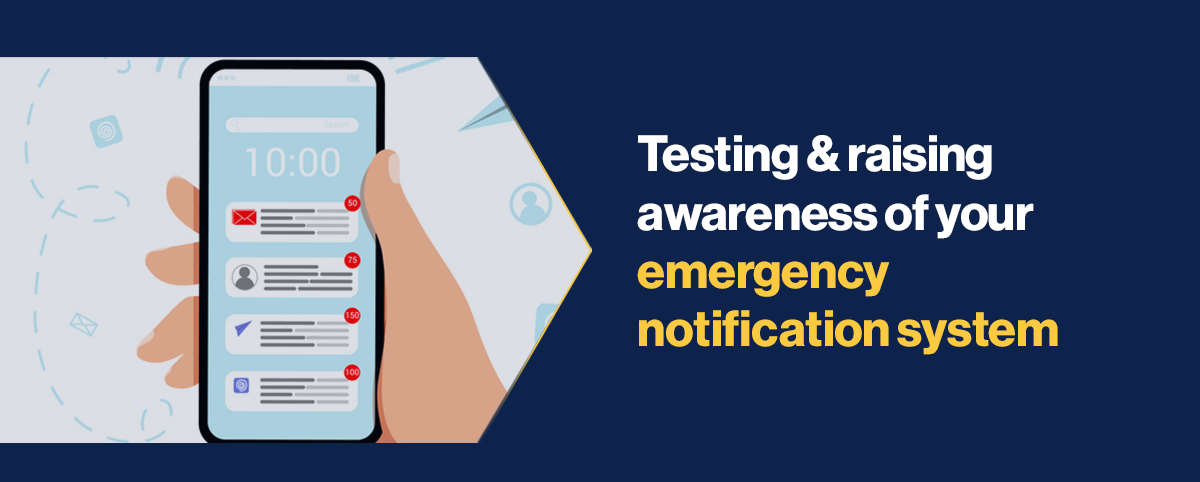
General information:
Anders Ho, Crisis Management Analyst, CBRE
Ashia Cook, Crisis Management Analyst, CBRE
Key business issue:
Keeping staff informed when a crisis occurs is a cornerstone of our business continuity planning. We leverage our emergency notification system to issue critical alerts by email, text messages and push notification to impacted employees.
In some scenarios, these alerts may solicit responses from employees to confirm their safety during an emergency. Hence, annual initiatives are undertaken to maximize the response rate and effectiveness of our emergency notification system as a major incident response tool, as well to confirm the capability to deliver key updates and alerts to staff during a disruptive incident.
These tests also provide an opportunity for employees to familiarize themselves with the notifications and to ensure staff are equipped and educated on the extent of such alerts. Overall, we aim to increase staff awareness of the importance of the mass notification system and their respective roles to ensure vital communications can be delivered to them in a timely manner. In addition, these tests will ensure our mass notification system can be utilized to deliver key updates amidst the evolving circumstances and working arrangements brought upon by the COVID-19 pandemic.
Previously used solution that were not successful:
Previous annual tests on our emergency notification system were standalone operations. While several awareness campaigns were undertaken to educate staff regarding the system, they were separately conducted on a local basis without collaboration with other regions. Hence, many of our staff were either less or even not aware of the system’s functionality and importance to business continuity.
Previous test results also indicated a significant portion of our staff were not aware that they would not receive any emergency notifications if their contact details on the employee profile portal were outdated. Some staff were also unaware that they were required to respond to the alerts when prompted, which had a negative impact on the response rates. Furthermore, testing scopes were limited to certain employee groups in various regions, resulting in inadequate understanding of the notifications amongst employees who were not engaged in the tests.
Solution:
In recent years, the scope of the annual test has also been expanded to encompass all staff to ensure uniform understanding of the system across the entire company. To foster a mutual understanding of the emergency notification process across the entire company, our 2020 emergency notification test was conducted in a globally coordinated effort for the first time. A common toolkit of awareness materials was developed to ensure all staff across the company have the same and thorough understanding of the system and procedures. All related communications were also collectively issued across the enterprise. These efforts not only aim to increase response rates in the annual test, but to guarantee a conjunct familiarity to the alerts and the need to review staff employee profiles.
As part of a back-to-basics approach, we put heavy focus in our campaign materials on the importance of updating contact information in employee portals, which would be synced with our emergency notification platform. By emphasizing with the role of each individual staff member, we aim to instil greater sense of accountability and awareness on business continuity amongst our staff. Furthermore, staff would receive timely tips on how to respond to notifications. To reinforce understanding on the process, we have incorporated an extra step in our annual tests to issue a follow-up message to those who fail to respond to the initial test messages. These messages were also translated to local languages to accommodate staff in non-English speaking markets.
Other campaign materials that were utilized included Intranet articles, customized computer screensavers (Figure 1), intranet banners (Figure 2), etc which aimed to raise awareness of the upcoming test.
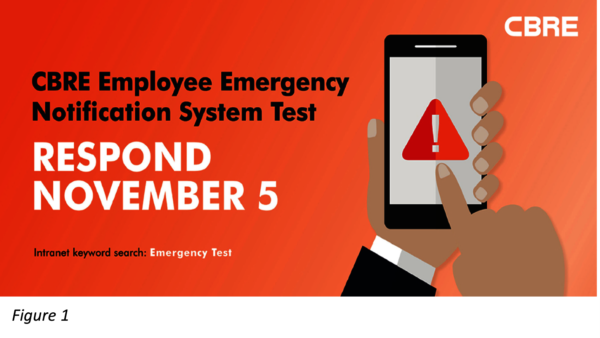

From previous tests conducted in our APAC markets, we have also issued promotional messages via the same notification system. The method has achieved positive results, as such method further reinforced the system’s prominence and increased staff familiarity to these messages. Also in APAC, we leveraged our internal Safety Week campaign in collaboration with our Health and Safety Department to promote the annual test and elaborate its objectives, demonstrate how to update contact information in the employee portal, and reinforce the mass notification tool’s association with staff safety.
Further investments in these efforts have greatly paid off in recent live incidents. During the 2019 Saddleridge wildfire in Southern California, our notification was able to reach the contacts of 99% of the staff in the area. During the 2020 Livraga train derailment in Italy, we also achieved the capability to notify all staff in the impacted area and verify their status within seven minutes after confirming a notification was needed. Such successes demonstrated an increased familiarity amongst staff to the process and recognition of the need to ensure their contact details are updated.
The campaign has yielded tremendous year-over-year incremental increases in response rates in our annual tests. As a testament, the global response rate of the 2020 test was 70%, the highest ever in CBRE's history. In the Americas, the response rate was even higher at 74%, a significant jump from 54% in 2019. EMEA also achieved similar results at 75%, and our business in Italy even reported that 100% of their staff have their contact details updated in their portal. In APAC, there was a 100% increase in the number of markets that exceeded industry target of an 80% response rate.
Lessons learned and key takeaways:
According to a survey conducted in the BCI Emergency Communications Report 2021, the top reason why organizations fail to achieve the accepted response level is due to lack of understanding from recipients to the notifications, followed by the lack of accurate staff contact information. As demonstrated in our tests, staff awareness of their roles in the notification process contributes greatly to the efficiency of an emergency notification platform. Results have shown that greater effort must therefore be allocated on awareness campaigns regarding the involved products and procedures to cultivate familiarity amongst staff to the process. Such can also decrease the chance that staff would misinterpret official notifications as spam or phishing messages.
In additional, there is a positive correlation between staff awareness of the business continuity plan and their sense of accountability to the process. By emphasizing how business continuity starts with each member and how that evolves into a collaborative discipline, staff will be more motivated to participate in the process. In the case of emergency notification, promoting the importance of updating staff contact info has helped to significantly increase staff response rate and familiarity with the process.
Looking at the future:
Although we made significant improvements in 2020, CBRE still has growth potential for achieving world-class response rates. The Business Continuity Institute defines a successful industry standard for corporate mass notification testing response rates as 80% or greater. We aim to achieve the standard within the short term by continue to expand staff awareness to the process.





















